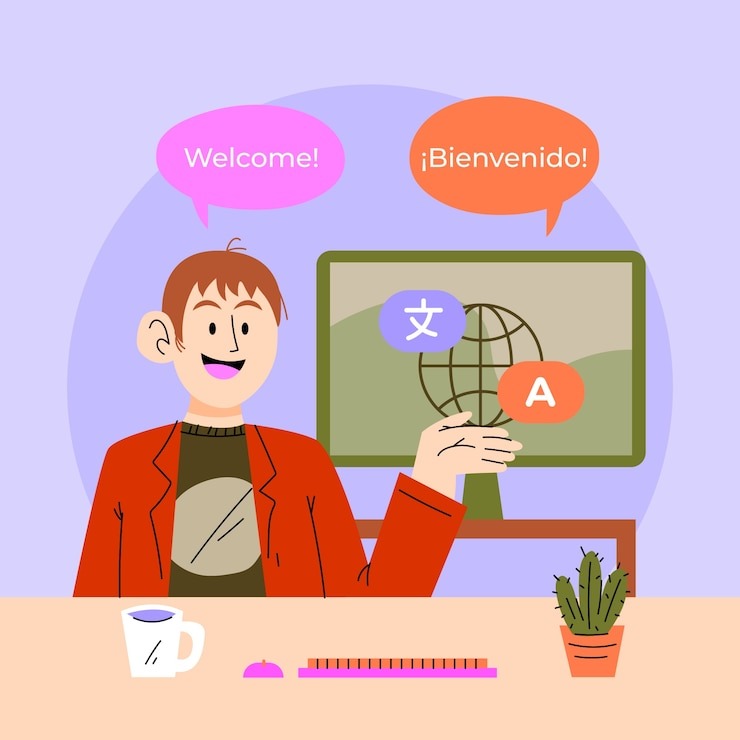Unlocking the Power of Language Lab: Revolutionizing Language Learning with Cutting-Edge Software

In an increasingly interconnected world, mastering multiple languages is no longer a luxury but a necessity. Whether for career advancement, academic pursuits, or personal enrichment, learning new languages has become a critical skill. Enter the language lab—a modern, tech-driven solution designed to make language acquisition more effective, engaging, and accessible. Powered by innovative language lab software, these facilities are transforming traditional learning methods and providing unparalleled benefits to students and professionals alike.
What is a Language Lab?
A language lab is a dedicated space equipped with tools and resources to facilitate language learning. It combines interactive software, audio-visual aids, and multimedia content to create a dynamic learning environment. Unlike conventional classrooms, language labs emphasize active participation, allowing learners to practice speaking, listening, reading, and writing in an immersive setting.
The Role of Language Lab Software
At the heart of every modern language lab is its software. Language lab software acts as a bridge between technology and education, offering features like:
- Interactive Modules: Customizable lessons cater to learners’ proficiency levels, ensuring a personalized learning experience.
- Audio-Visual Integration: Rich multimedia content enhances comprehension and retention.
- Real-Time Feedback: Immediate evaluations help learners identify areas of improvement.
- Gamified Learning: Games and quizzes make learning engaging and fun.
- Remote Access: Cloud-based software allows users to continue learning anytime, anywhere.
Advantages of a Language Lab
- Enhanced Listening and Speaking Skills
Traditional language classes often struggle to provide sufficient speaking practice for every student. A language lab addresses this by offering:- Voice recording features for self-assessment.
- Pronunciation guides to refine accents.
- Peer-to-peer and instructor interactions in real time.
- Personalized Learning Experience
Language lab software adapts to individual learning styles and paces. Whether a beginner or advanced learner, the tools provide tailored modules that meet specific needs. - Engaging and Interactive Content
By incorporating games, videos, and interactive exercises, language labs ensure students remain motivated. This multimedia approach makes complex grammar rules and vocabulary easier to grasp. - Progress Tracking
Comprehensive progress reports help learners and instructors monitor improvement. The ability to pinpoint weaknesses allows for targeted learning strategies. - Multi-Language Support
Language labs often cater to a diverse range of languages, making them ideal for schools, universities, and corporate training programs.
Language Lab in Educational Institutions
Educational institutions have increasingly integrated language labs into their curriculums to better prepare students for global challenges. These labs not only improve linguistic skills but also boost confidence, cultural awareness, and critical thinking abilities.
Corporate Applications of Language Labs
Corporations are leveraging language labs to train employees in foreign languages, enhancing global communication and collaboration. Language lab software plays a vital role in equipping employees with industry-specific vocabulary, improving overall productivity.
Choosing the Right Language Lab Software
With numerous options available, selecting the right language lab software can be overwhelming. Here are some key factors to consider:
- User-Friendly Interface: The software should be intuitive and easy to navigate.
- Comprehensive Features: Look for modules that cover all aspects of language learning.
- Scalability: Ensure the software can accommodate a growing number of users.
- Integration Options: Compatibility with existing systems and devices is crucial.
- Support and Updates: Opt for a solution with robust customer support and regular updates.
Popular software like SANSSpace, Tell Me More, and Rosetta Stone offer diverse features to meet various learning needs.
The Future of Language Labs
As technology continues to evolve, so does the potential of language labs. Emerging trends include:
- AI-Powered Tools: AI-driven chatbots and voice recognition are making learning more interactive.
- VR and AR Integration: Virtual reality and augmented reality tools are creating immersive cultural experiences.
- Gamification: Enhanced gamified content keeps learners engaged and motivated.
Conclusion
A language lab is no longer a supplementary tool—it is a necessity in today’s multilingual world. The combination of advanced hardware and cutting-edge language lab software offers a comprehensive and engaging approach to language learning. From educational institutions to corporate training, language labs are breaking down barriers to communication and fostering global connections.









